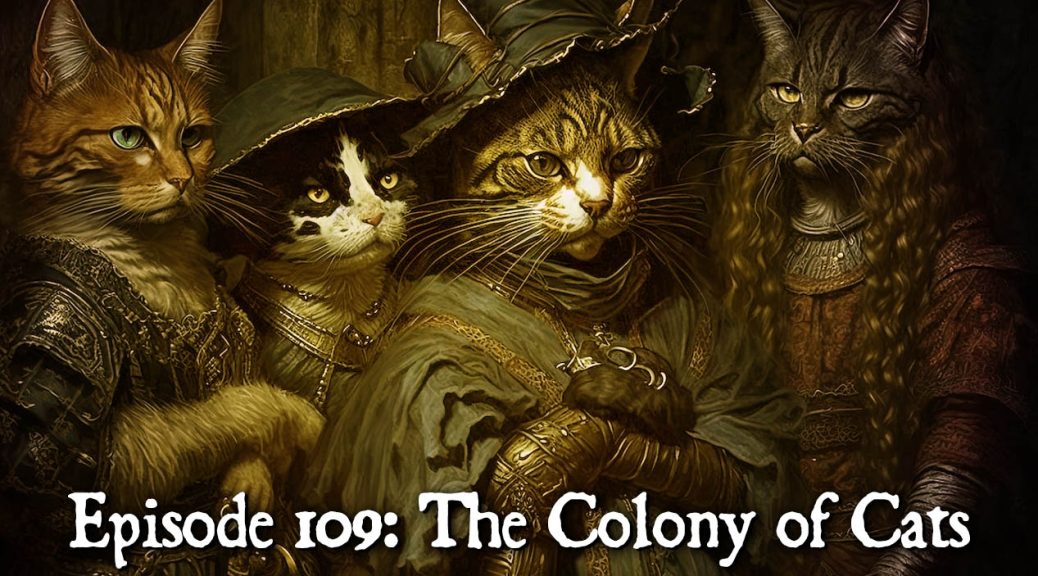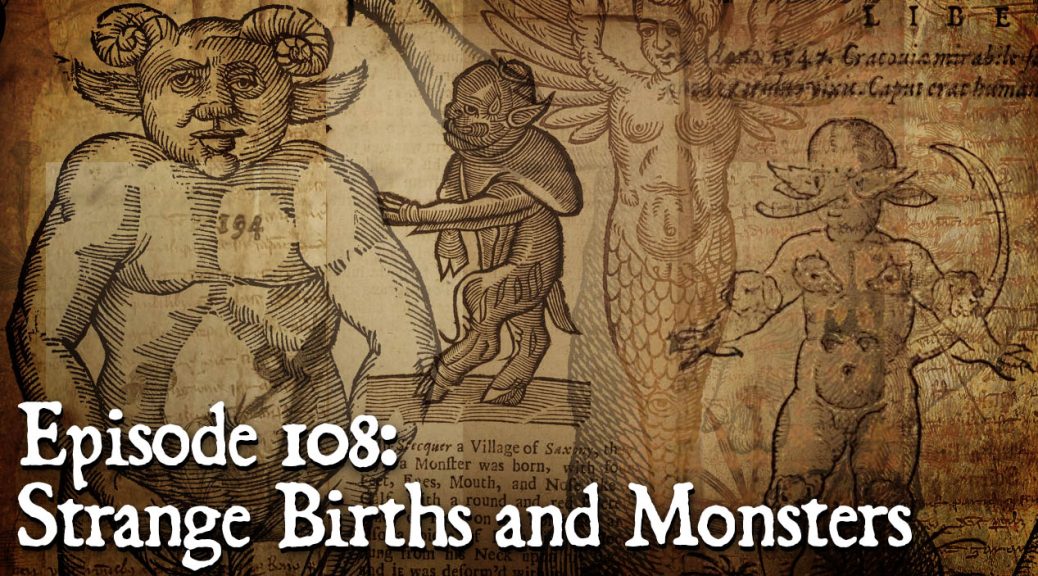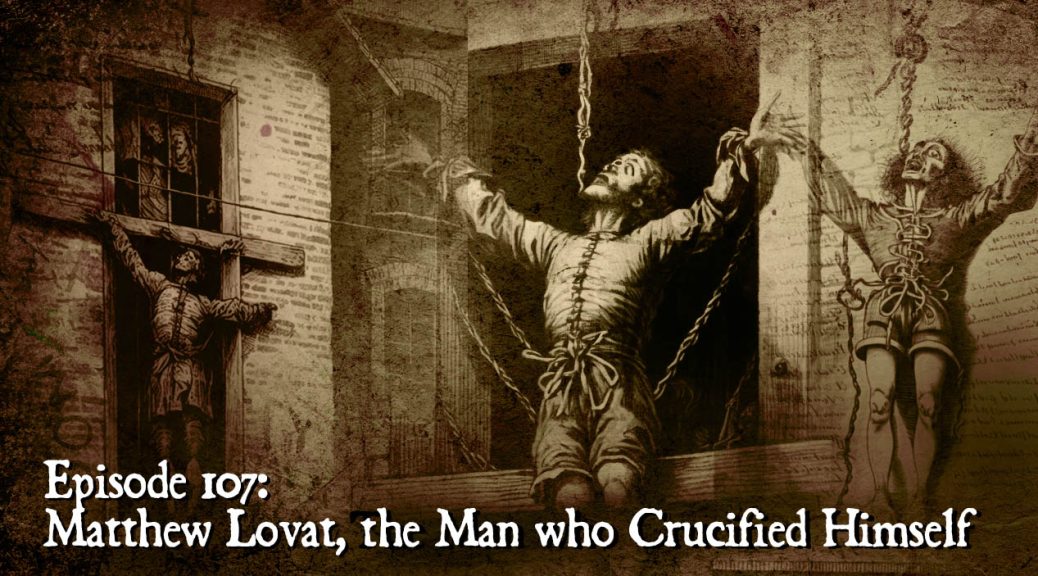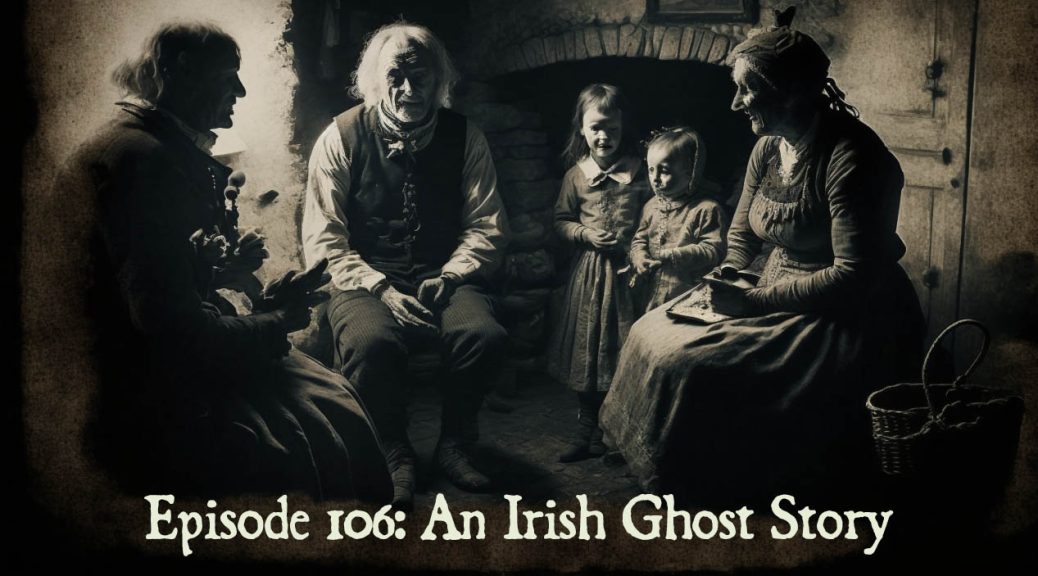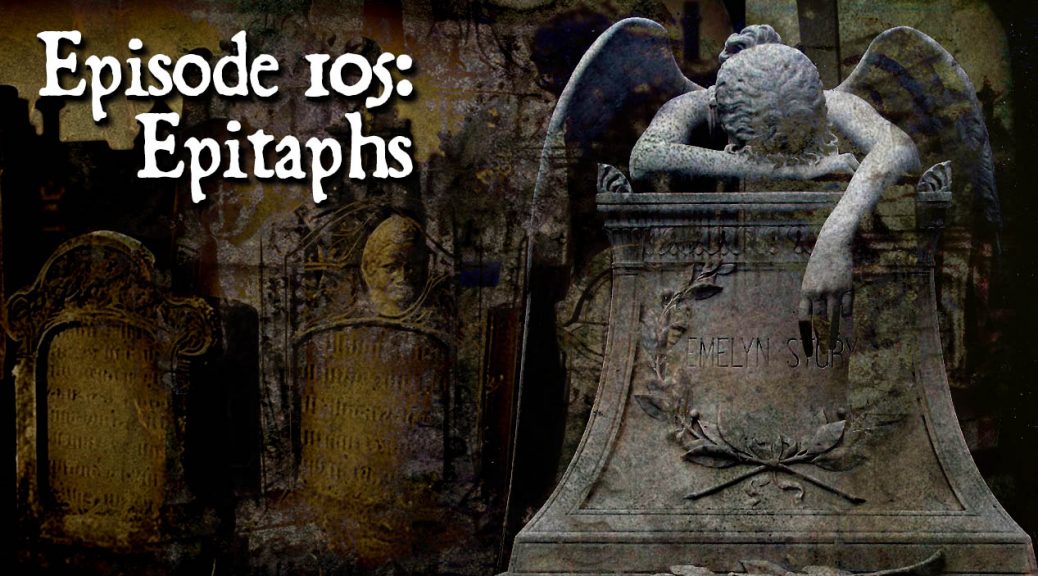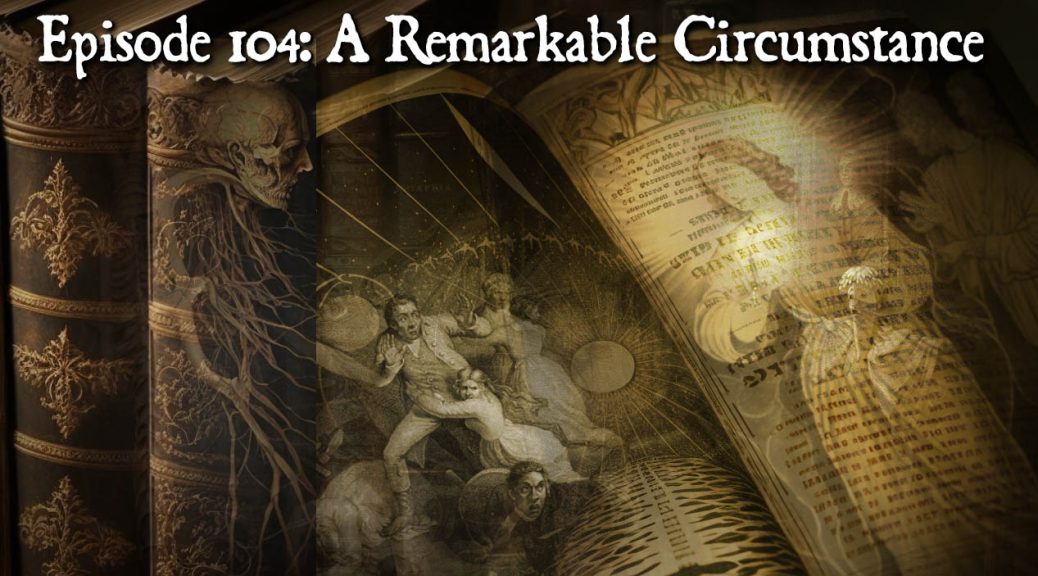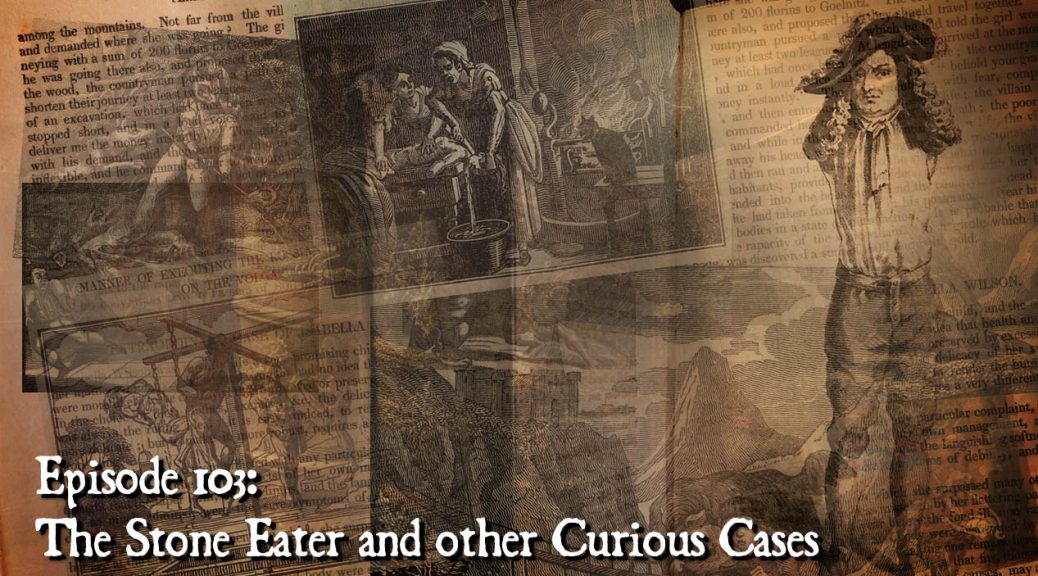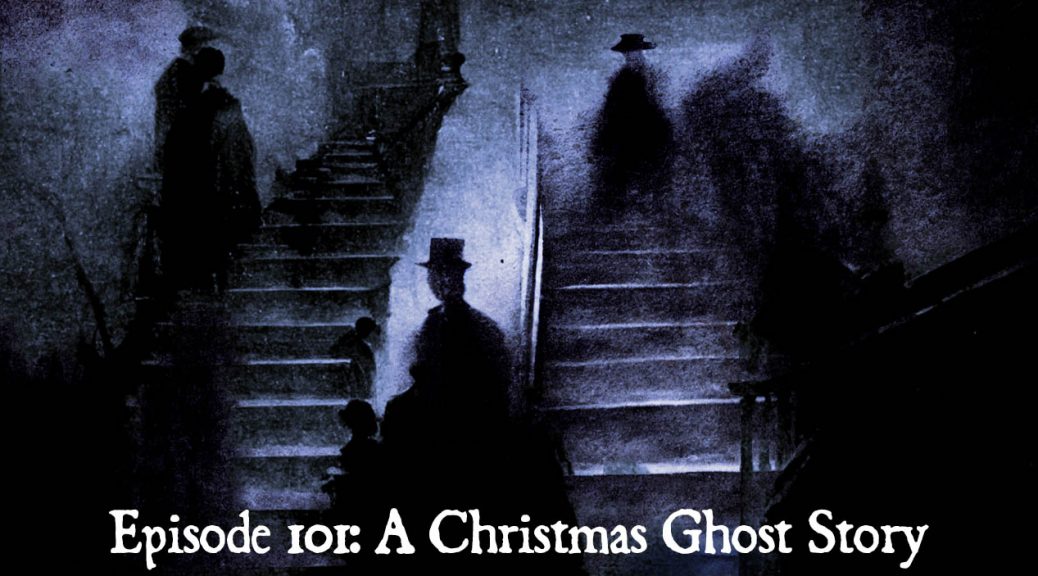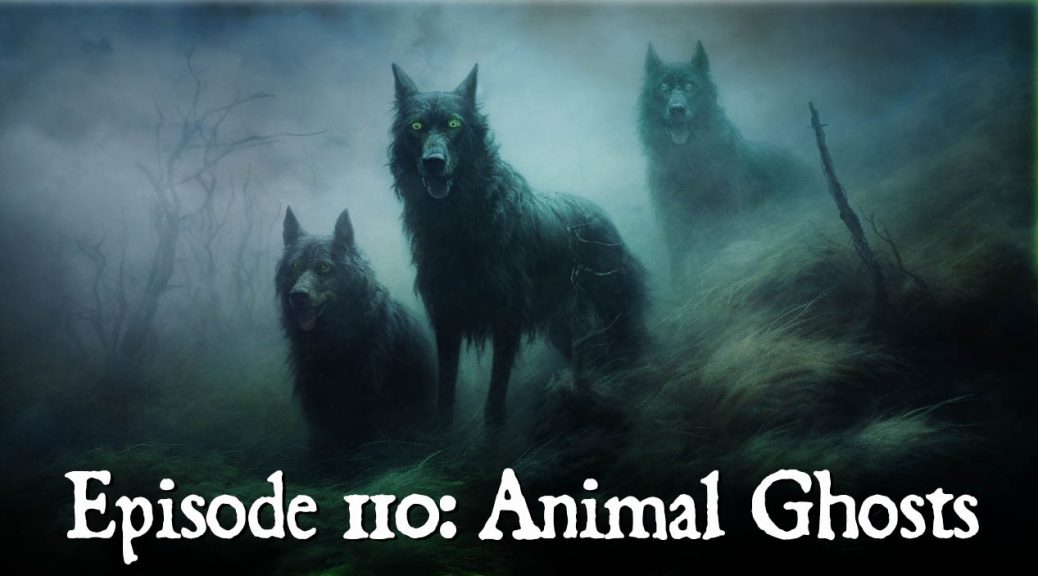
Animal Ghosts
Tales of animal ghosts are usually relegated to the periphery of ghost story collections, but in this episode, we showcase this class of apparition. Our stories were collected in a volume from 1915 called Human Animals by Frank Hamel. It covers werewolves, animal transformations through witchcraft, possession by totemic animal spirits, and the phantom animals that …
